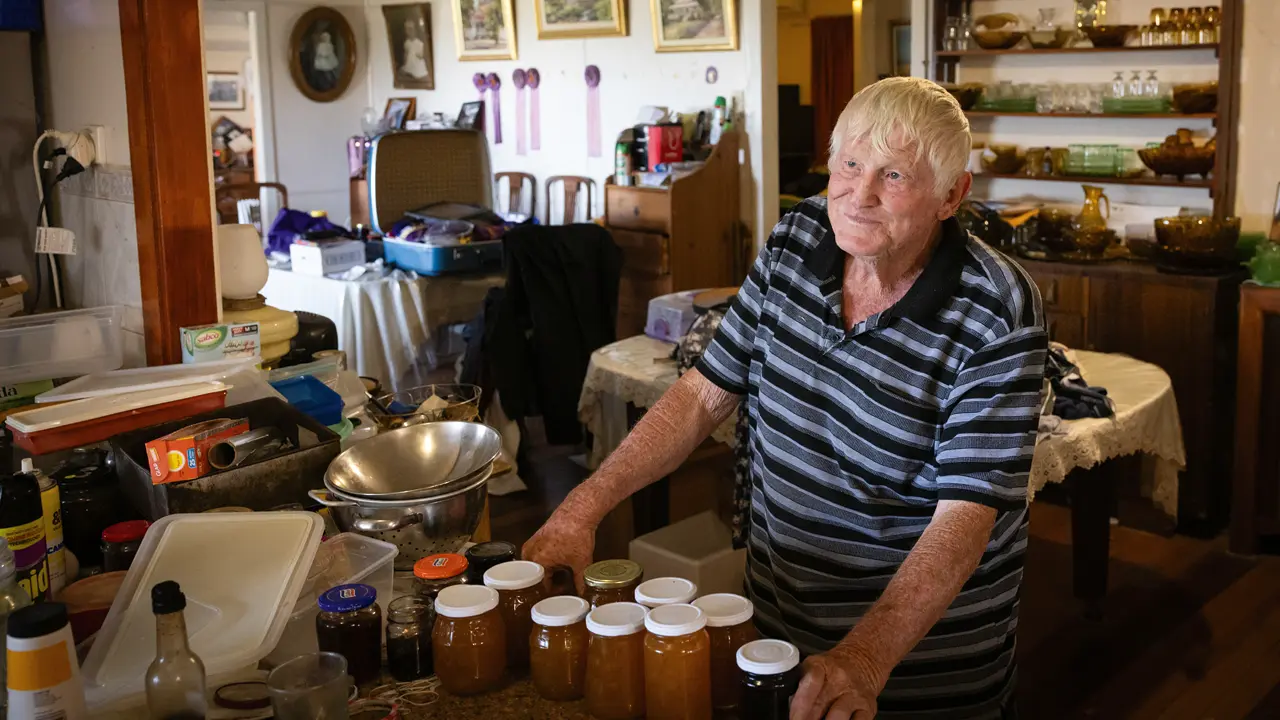A cattle grazier and a scientist have been documenting and photographing all things wild in western Queensland for many years, making vital contributions to the Australian national wildlife collection.
Story By Paula Heelan
It’s 8pm on a balmy evening west of Longreach, Qld. On the lookout for wildlife, Steve Wilson and Angus Emmott are driving along a secluded, hot, damp road. The conditions are ideal for reptiles in search of a feed. Spotting a large snake, they pull over and at lightning speed abandon the vehicle, leaving it idling. Working swiftly, the two bag their quarry. The next day when the snake is cool and calm, they will photograph and identify it before bringing it back.
Ardent naturalists recently launching Snakes of Western Queensland, A Field Guide, Angus and Steve are now recording frogs in the region for their next book. Angus, a third-generation grazier at Noonbah Station on the junction of the Thomson River and Vergemont Creek, 130km south-west of Longreach, and Steve, a field-operations team leader with Desert Channels Queensland in Longreach, both have a fascination with natural history, especially the naming of plants and animals and what makes them all tick. Well known in the science world, they work with field specialists and museums around the globe. They have provided vital information to the Queensland Museum, the Australian National Wildlife Collection and numerous other institutions, including the discovery of several new species.
Angus has two species and two sub-species, including a cicada, a skink, a turtle and a splendid wren, named after him and his wife, Karen. “Just on our property, Noonbah, I’ve documented well over 500 plant species and up to 188 bird species, adding up to 321 vertebrate species in total," Angus says. “Working on cicadas with the University of Connecticut and the Australian Museum, we have found 30 different species so far with over half of them being scientifically undescribed.”
With a huge collection of their own written and photographic material and with close contacts with specialists, compiling a field guide was natural progression for the pair. As landholders are hungry for relevant field guides, they wanted to provide a good, easy-to-read resource with large images, first-aid advice and practical information (such as animal behaviour) that might help identify different species. Over the years the two have built a network of people around the region who know they are interested in natural history.
“Most landholders are very interested in wildlife and readily let us on to their properties to help identify species they have found,” Steve says. “While we had a substantial collection of images for the book, we were also able to source some from our contacts. We’ve included some nice shots from some eminent natural-history photographers from around Australia. What’s always amazing with this sort of work is there are many doyens of science who are more than willing to give up information for a valuable public resource.”
This story excerpt is from Issue #69
Outback Magazine: Feb/Mar 2010








